Beetles are part of the Coleoptera family. These insects are the most numerous in the world counting around 400.000 species. All habitats are good for these insects. The largest number of beetle species is found in tropical areas.
Beetles have a hard exoskeleton. However, this doesn’t stop them from being seen as prey. Mammals, rodents, and even fish can see beetles as ideal prey or prey part of a regular diet. Beetles have innate anti-predator adaptations such as camouflage.
Table of Contents
What Eats Beetles?
Beetles have many predators. But animals that eat beetles are diverse, depending on the natural habitat of the insect.
1. Bats
Bats are among the first creates that eat beetles. Most types of bats eat beetles but it has been shown those living in temperate climates particularly favor beetles together with flies, moths, and crickets. Bats living in temperate climates are dependent on insects.
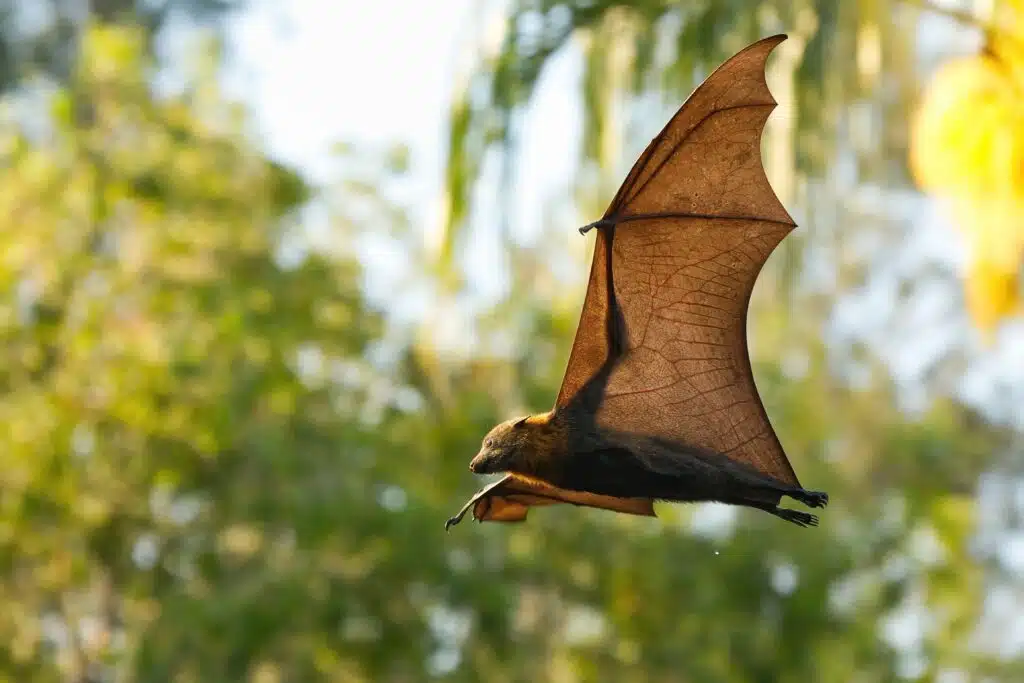
Bats use different hunting tactics to catch beetles. However, most of them catch the insects in flight. They consume the insect in the air or they catch it in their mouth and return to their roost to consume the beetle there.
Bats also use their wings to quickly scoop beetles or to grab large beetles without dropping them.
2. Raccoons
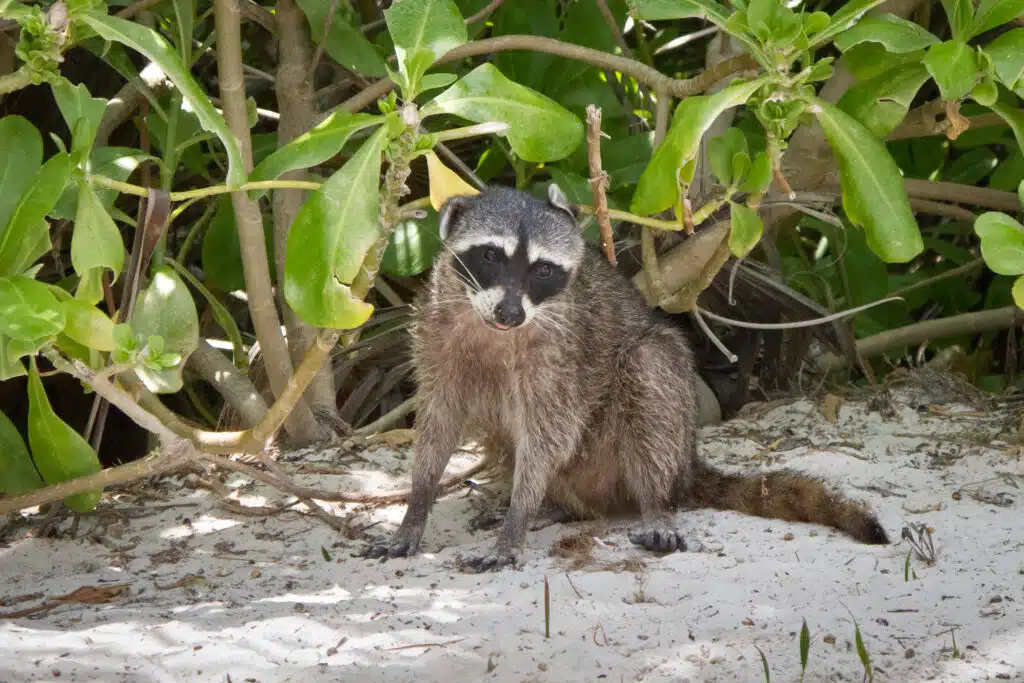
Raccoons aren’t always problematic for lawns. They can also eat Japanese beetles eliminating the insects from a habitat. Insects such as beetle are among the favorite foods of raccoons. They also like to eat June bugs.
But raccoons will even eat fruits if they can’t find beetle. Grapes and corn are just as good as beetle if the insect population in the area is low.
3. Skunks
Skunks have a similar diet to raccoons. They prefer insects such as beetles, grasshoppers, and bees in the spring and summer seasons when these insects are found in abundance.
Their diet slowly changes as temperatures start to drop in the fall. They start eating fruits and even mice or rabbits when they can’t find insects in the fall.
4. Hedgehogs
Hedgehogs are known for having a diverse diet. Insects such as beetle are among its favorites. It catches these insects quickly on the ground. Hedgehogs also eat worms, caterpillars, and slugs.
When these insects are scarce hedgehogs have the tendency to consume small birds and their eggs as well as various fruit they find on the ground.
5. Moles
Moles also eat beetle. They don’t see beetle as the most important feeding source, but they consider beetle right after worms and grubs. Moles like to live in soils rich in worms but they will also eat insects given the chance.
6. Foxes
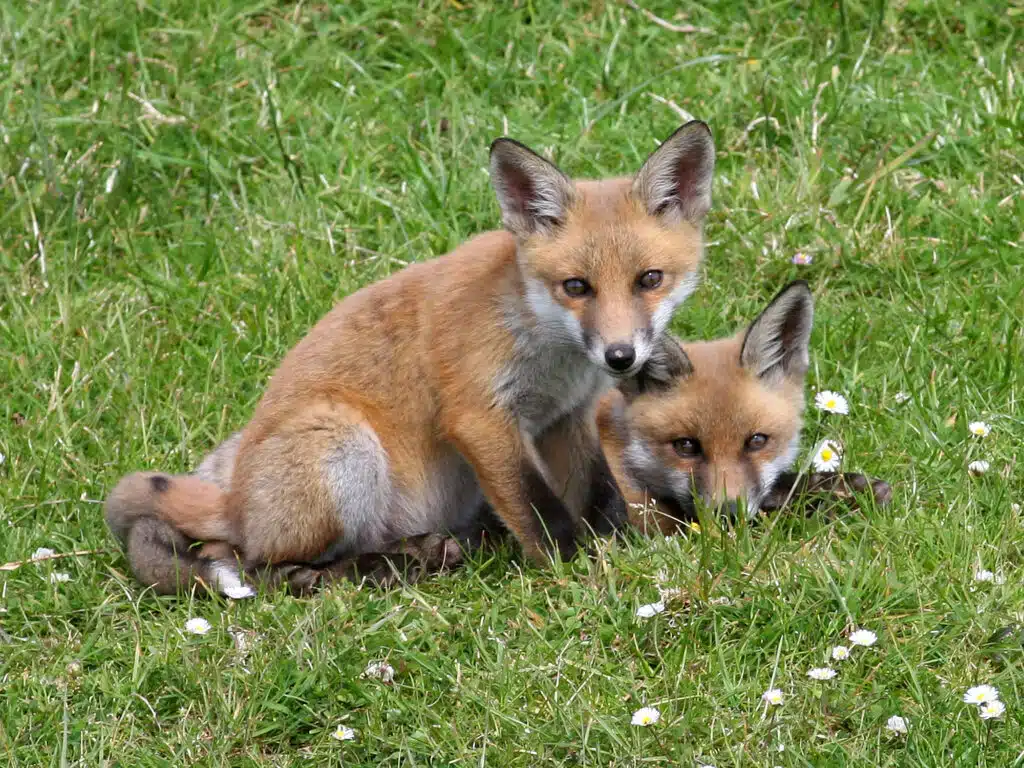
Foxes are omnivorous and opportunistic. This means they will eat anything they find. They even eat small mammals and rodents. But foxes also eat plenty of insects such as beetle.
Since both beetle and foxes have high populations around the world, they sometimes share the same habitat. This makes beetle an easy prey for fast foxes.
7. Kinkajous
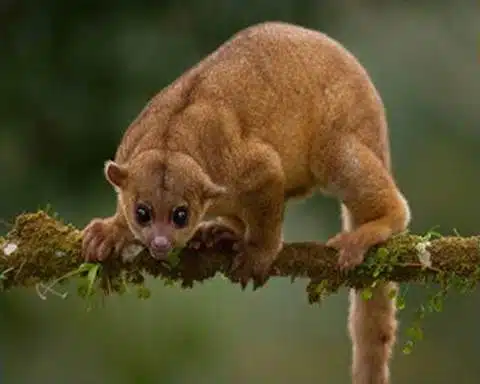
Kinkajous love fruit. Almost all of their diet is comprised of ripe fruit. However, things change when fruits aren’t available. They go for honey or insects such as beetle as an alternative feeding source.
8. Rodents
Deer mice of the wild eat beetles. Apart from eating seeds, fruits, and grasshoppers, these types of mice also eat beetle. Their speed helps them catch the small insects rather quickly. However, mice that live inside homes rarely eat beetle.
9. Snakes
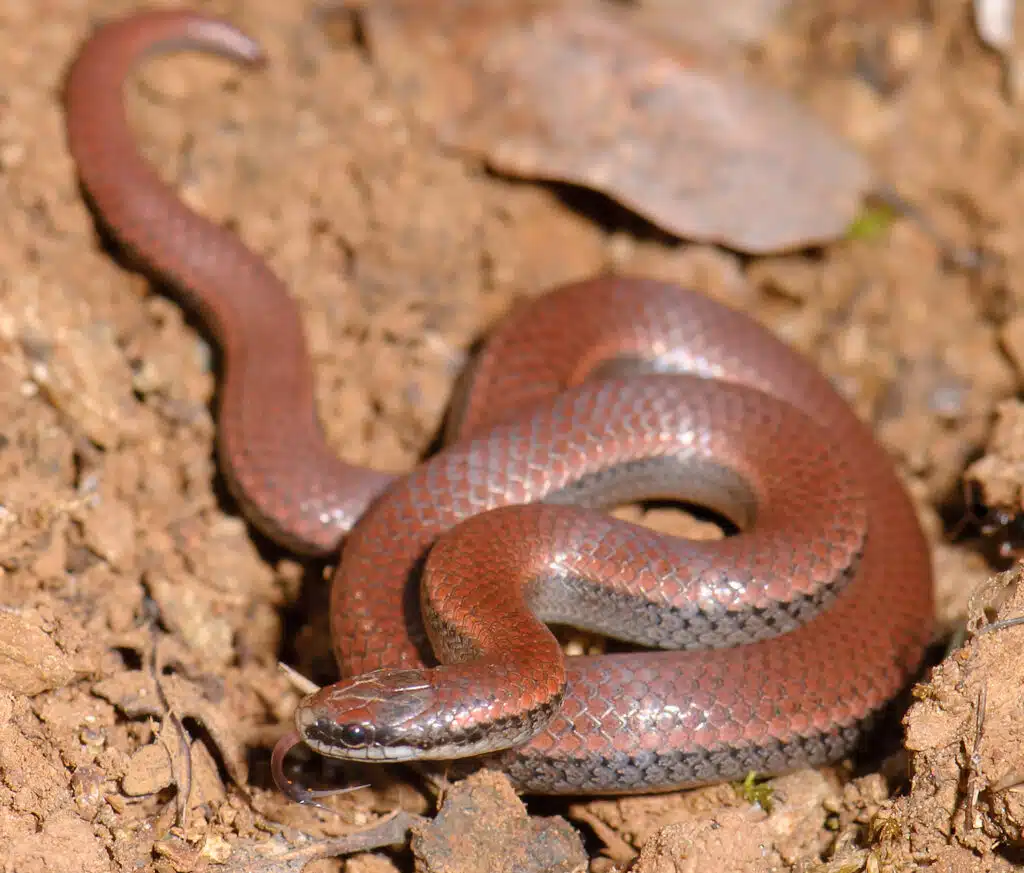
Some types of snakes eat beetle. Sharp-tailed snakes eat beetle. But garden snakes also eat beetle.
These types of snakes are used as pest controllers in some gardens around the world. Beetles can destroy flowers and other plants. This is why garden snakes are introduced to control and eventually eliminate all beetles from a garden.
10. Birds
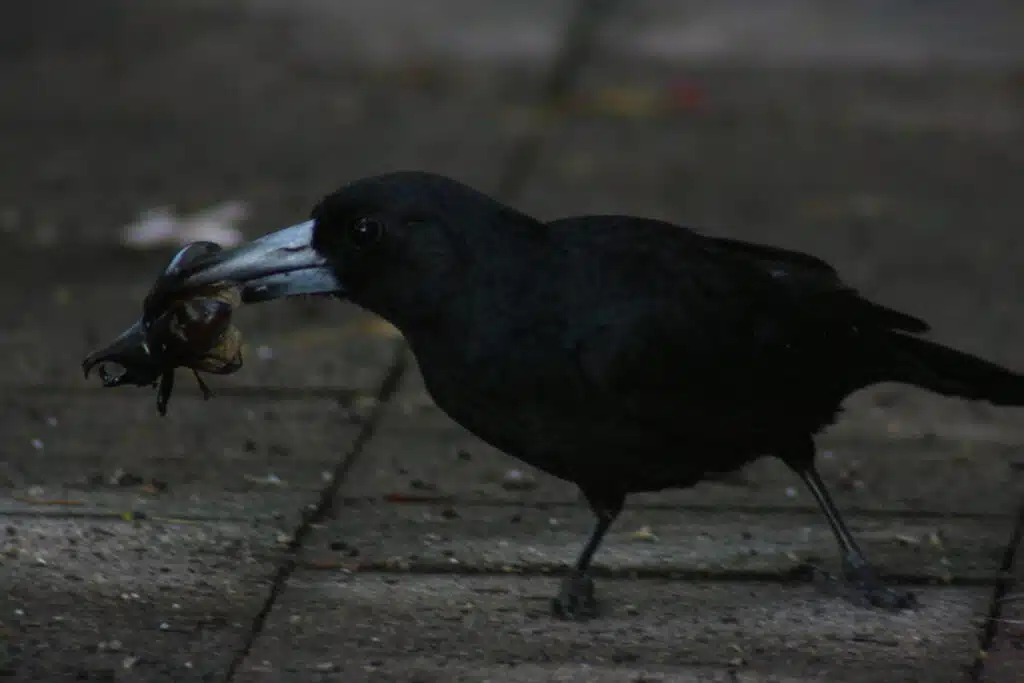
Birds eat a lot of insects. It’s estimated forest birds eat most beetle and insects such as spiders.
Birds play a crucial role in eating insects such as beetle from around the world. Studies show insects would destroy crops if it weren’t for birds. Beetles are popular for birds together with moths, aphids, ants, and flies.
11. Lizards
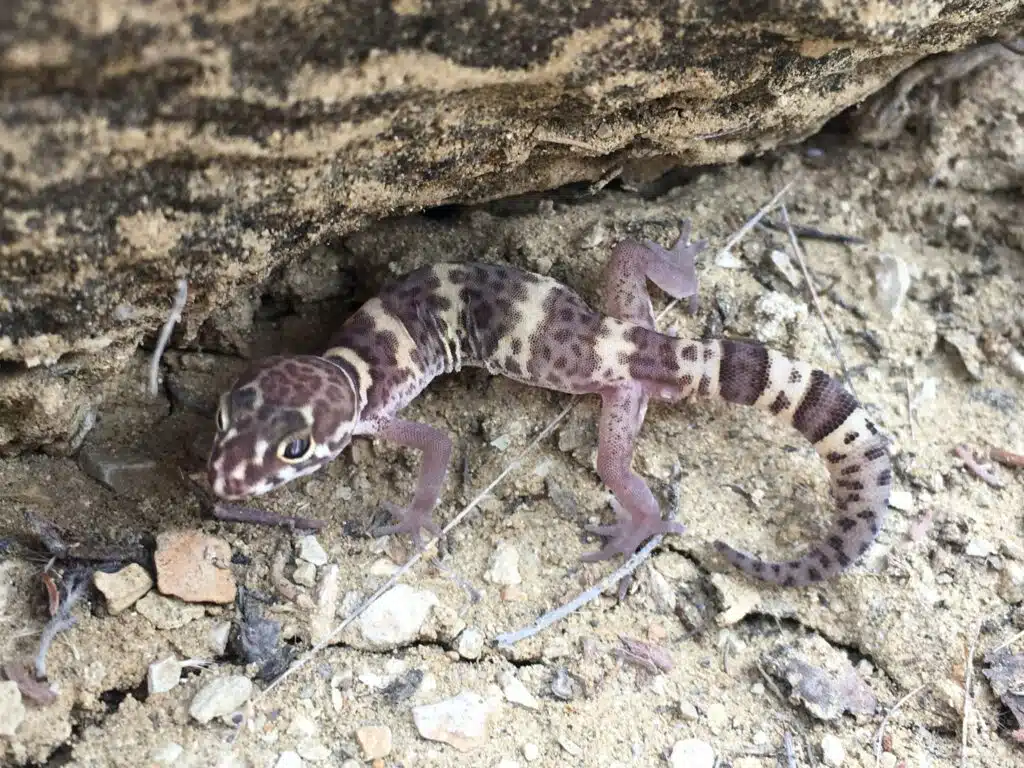
Lizards such as the Texas Banded Gecko love beetle. Lizards like grasshoppers and beetle in general. This is why these insects are eaten by multiple other species such as the Eastern Collared Lizard and the Crevice Spiny Lizard.
12. Frogs
Frogs are opportunistic eaters that like insects. Like lizards, frogs also consume beetle, grasshoppers, and even spiders. All types of frogs like to eat beetle. Since frogs normally live in high humidity environments, they only eat a few species of beetle.
13. Toads
Toads eat beetle by swallowing them entirely. They don’t even chew the beetle before swallowing. Most beetles die inside the digestive system of the toad. Only one beetle species can escape from the stomach of frogs even an hour after being swallowed by releases a chemical that makes frogs vomit.
14. Fishes
Water beetles are frequently consumed by fish. These types of insects are eaten by various fish such as blue acara and tiger barb. Fishes that are known for their appetite regularly eat bugs.
15. Dragonflies
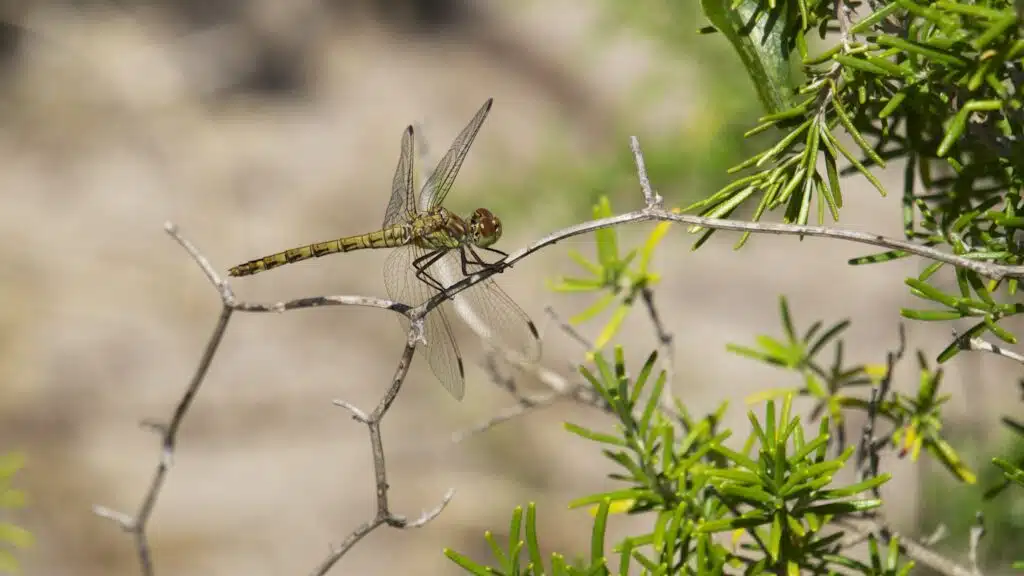
Dragonflies eat all types of insects and bugs such as beetle. They need to be small insects to be seen as a feeding source. Dragonflies regularly eat beetle, moths, and butterflies.
16. Robber Flies
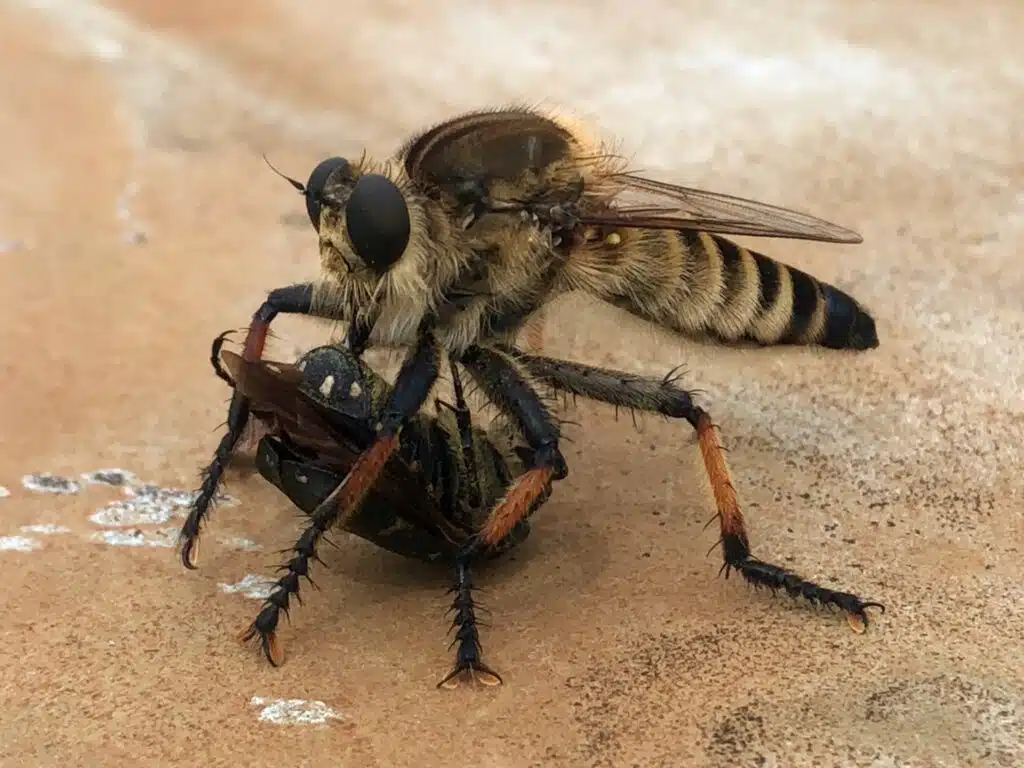
A member of the Asilidae family, Robber flies feed on flies such as beetles. They are constantly seen eating beetles, grasshoppers, and bees. These are potent insect predators that rarely eat anything else apart from insects.
17. Reduviid Bugs
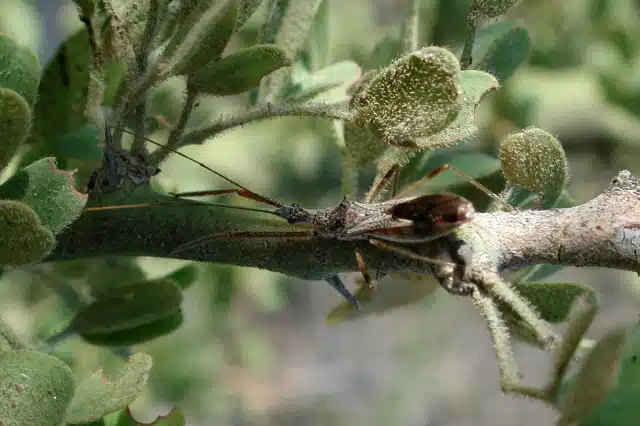
Some Reduviid bugs eat beetles. The Orange Assasin Bug (Pselliopus barberi) has been shown to eat beetles. This type of bug is widespread in North America and given its size, one of the smallest beetle predators.
18. Ants
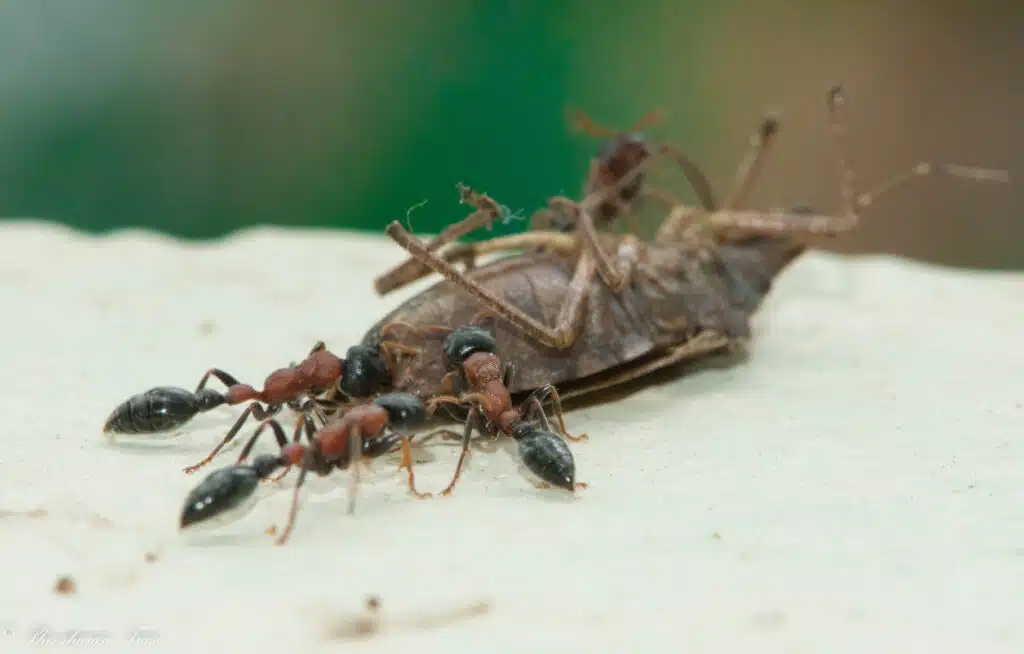
Ants eat all types of bugs and insects. Beetles are sometimes eaten by ants for their protein. However, beetles can also eat some types of ants.
19. Spiders
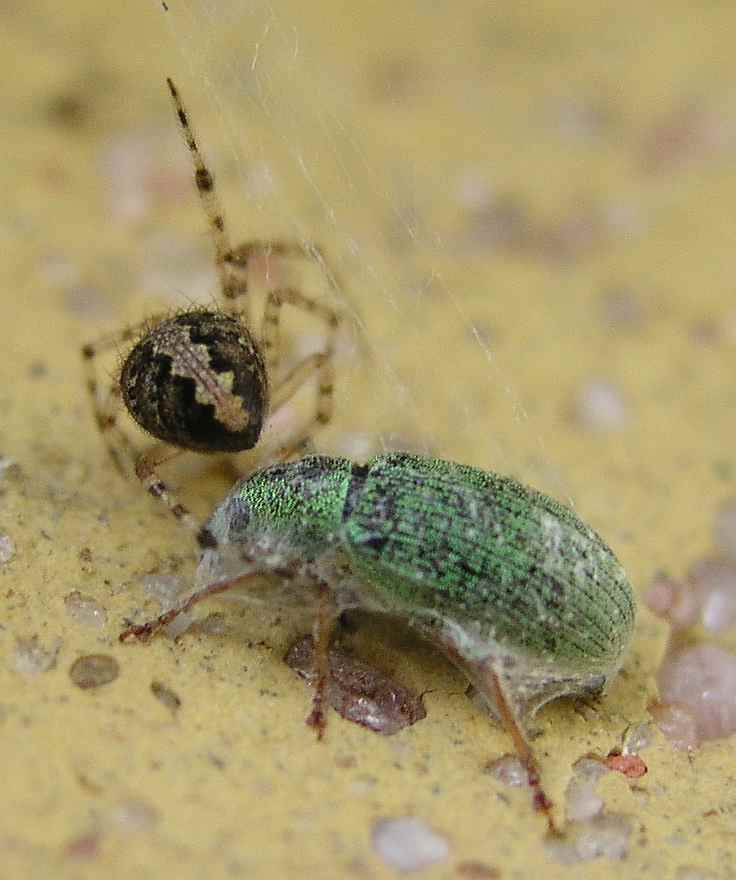
Spiders in forests and grasslands eat beetles. Research shows spiders have an intimidating effect on insects such as beetles which can even eat less in their presence.
20. Other Beetles
Beetles are typically vegetarian. But some types of beetles have been known to eat other beetles. Lady beetles are known for frequently eating other beetles. Darkling beetles also eat other beetles. These beetles can even eat their young Darkling beetles as soon as they emerge.
How Do Beetles Defend Themselves?
Beetles might be hunted by many species but they also have a large array of natural defense mechanisms. Some of these are default, such as body coloring which allows them to blend in with the environment. Other defense mechanisms include mimicry of other species.
Camouflage
Camouflage remains one of the best self-defense mechanisms of beetles. They can easily blend in with the environment escaping all types of predators such as birds or snakes.
Camouflaging is very common in beetles that live in sandy areas. It’s these types of beetles that are of tan color, often mistaken for pure sand.
Mimicry
Some species of beetles use mimicry mechanisms to escape being eaten. Beetles that resemble wasps (black and yellow coloring) are often overlooked by predators when feeding on pollen, flowers, and plants as they mistakenly assume they are true wasps.
Chemicals
Releasing strong chemicals is a rare but documented beetle defense mechanism in beetles.
Japanese beetles have been shown to release a potent chemical that helps them escape even large predators. Often called Farting beetles, Japanese beetles release a strong chemical from their rears. This process even sounds similar to a small explosion.
This mechanism can be a solution to keep predators such as toads away. However, studies show beetles can escape from the stomach of toads when releasing this chemical once swallowed. Toads end up vomiting almost every time beetles release this chemical inside their digestive system.
Most beetles escape alive from this unlikely situation. However, beetles are affected by the digestive system of toads living up to 2 weeks afterward.
Other Defenses
Beetles also use other defensive methods. For example, male beetles are also known for being highly territorial during the mating season. They do everything in their power to stop other males from getting into their territory.
Elongating their bodies to appear longer is a common practice both to keep other males away and to impress females. Copulation can take up to several hours if successful.
Summary
Beetles tend to be eaten by many species of insects, bugs, mammals, and birds. Bats are some of the most common beetle predators given they can fly. Birds are also common predators of beetles. Terrestrial animals such as foxes and raccoons have also been shown to eat beetles.
However, there are many species of beetles and many have developed skills or defensive mechanisms to offer some protection against these common predators.
Camouflage coloring is the first line of defense for beetles living in exposed sandy areas.
Mimicry is a common defense mechanism for beetles sharing the same environment with wasps, which they imitate in movements to escape all types of predators.
Further Reading: